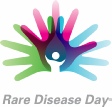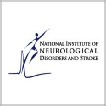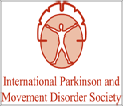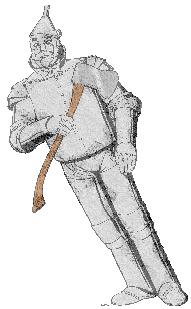
www.thetinman.org Copyright © All rights reserved.
Disclaimer: The material presented in this site is intended for public educational purposes only. The author is not offering medical or legal advice. Accuracy of information is attempted but not guaranteed. Before undertaking any diet, or health improvement program, you should consult your physician. The author is in no way liable or responsible for any bodily harm, physical, mental or emotional state of any patient reacting to any of the content on this site. Thetinman.org has not examined, reviewed or tested any product or service mentioned herein. We are not being paid to advertise or promote any product or service mentioned herein. The links are offered strictly as examples of resources available. The site assumes no responsibility or liability of any kind related to the content of external sites or the usage of any product or service referenced. Links to external sites were live at the time of creation of the link. Thetinman.org does not create content for or manage external sites. The information can be changed or removed by the external site’s administrators at any time and they are responsible for the veracity of their information. Links are provided to support our data and supply additional resources. Please report broken links to administrator@thetinman.org. Thetinman.org is not a charitable foundation. It neither accepts nor distributes donations or funds of any kind.
GUIDE TO STIFF-PERSON SYNDROME





You learn it in first year medical school; when you hear hoof beats, think horses, not zebras.
"Are you in first year medical school?"

“Nature is nowhere accustomed more openly to display her secret mysteries than in cases where she shows tracings of her workings apart from the beaten paths; nor is there any better way to advance the proper practice of medicine than to give our minds to the discovery of the usual law of nature, by careful investigation of cases of rarer forms of disease.”
~ William Harvey

EDUCATE
EMPOWER
ADVOCATE
OUR MISSION
At Mayo Clinic, physicians Dr. Frederick Moersch (1889-1975) and Dr. Henry Woltman (1889-1964) collected case studies of patients who presented with progressive, symmetrical rigidity of axial and proximal limb muscles.
In 1956, they presented a paper covering fourteen patients collected over thirty-two years. Ten patients were men and four were women. The average age of onset was forty-one years. All were progressive and responded poorly to treatments. Four had diabetes mellitus. Two had epilepsy: one with grand-mal seizures and one with petit-mal seizures. They concluded, because of the fluctuating nature of the symptoms and the association with diabetes, that a metabolic basis for the disease should be considered.
The disease was initially named Moersch-Woltman syndrome in their honor.
The patients suffered spasms triggered by startles from voluntary movement, touch, or emotional stress. This startle, stiffening, and fall response earned the nicknames tin-man syndrome and stiff-man syndrome.
When it became clear that women as well as men were affected by the disease, it was changed to stiff-person syndrome.
Stiff-person syndrome affects +/- one in a million people (7,000 out of 7 billion). This figure is possibly higher due to misdiagnoses and underreporting. It is represented by the National Organization for Rare Diseases (NORD).
The initial definition of stiff-person syndrome included axial stiffness and rigidity with superimposed spasms believed to be associated with anti-GAD antibodies. However, up to 40% of patients lacked the glutamic acid decarboxylase antibodies constituting what was believed to be an anti-GAD-negative variant. GAD-negative status is no longer considered a separate entity from classic stiff-person syndrome.
As more cases presented, multiple variations developed: stiff-baby, stiff-trunk, stiff-limb, jerking-limb, SPS with progressive encephalomyelitis with rigidity and myoclonus (PERM), and SPS with paraneoplastic syndrome. It is debated whether the variants represent different entities or are variable manifestations of the same entity.
Understanding of the disease has been expanded by hundreds of international case files, studies, and reviews. Though SPS is a rare disease, it is hoped that further studies will lead to finding the cause and developing new forms of treatment. In the meantime, we present an overview of what is currently known.







You can visit these reputable medical sites for more information by clicking on the logo.
ONE IN A MILLION


SHARE